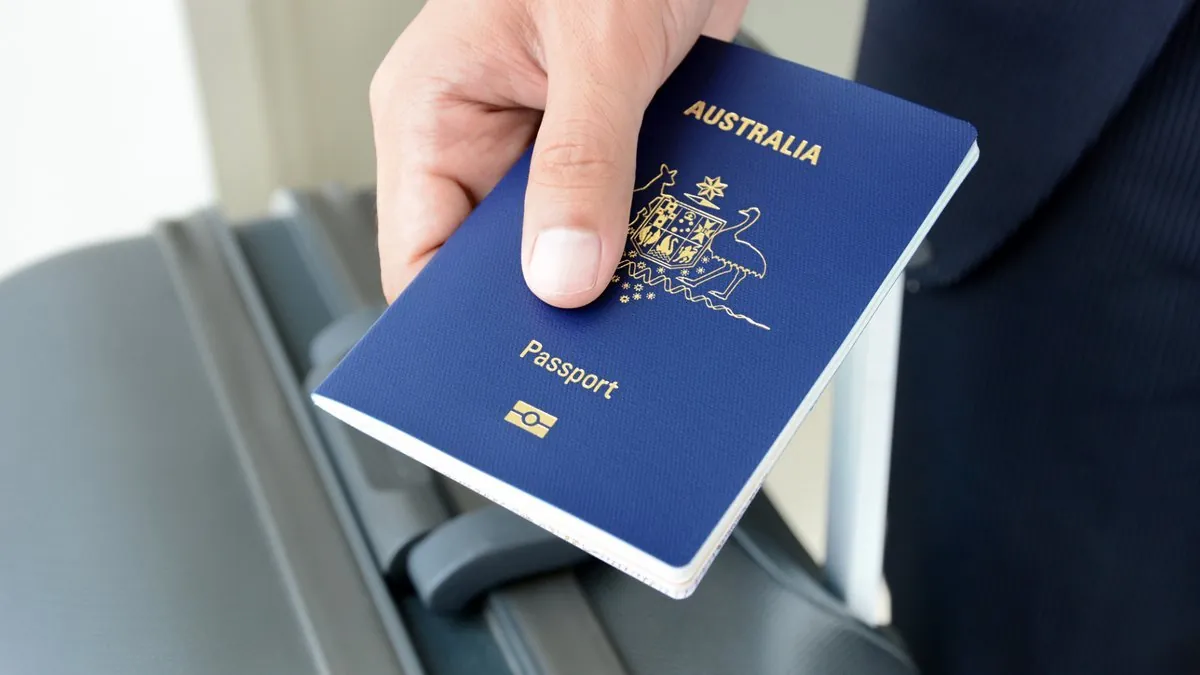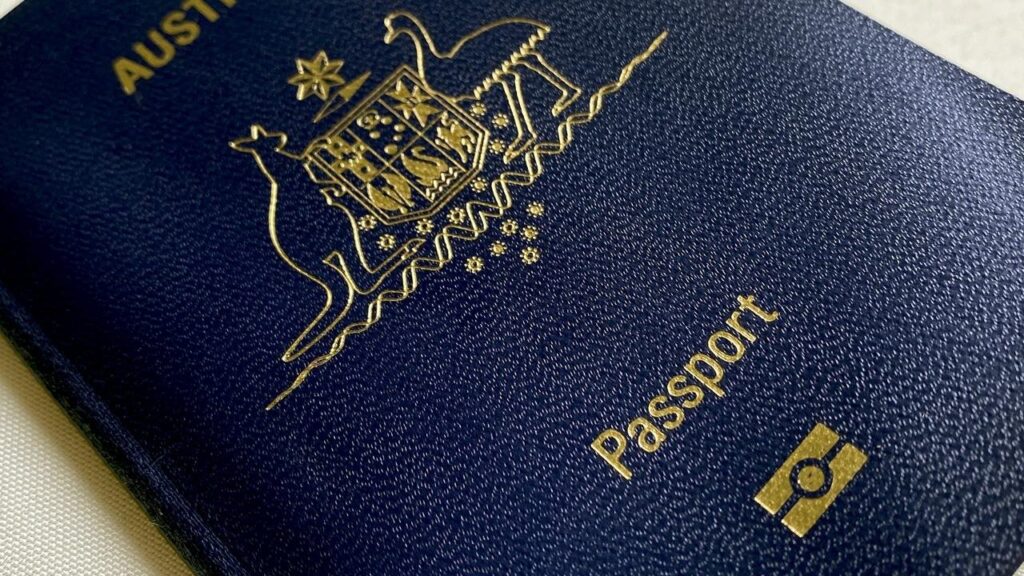Chaos at European Borders: Aussie Travellers Face Long Queues and Fingerprint Scans Under New Digital System
- Australian tourists heading to Europe will be forced to register with a new digital border management system, sparking fears of lengthy queues and bureaucratic delays.
- The European Entry/Exit System (EES) will require non-EU nationals to provide personal data, including passport details, fingerprints, and facial scans, as part of a crackdown on irregular migration and terrorism.
- The system, set to be rolled out on October 12, will affect 29 countries in the Schengen Zone, including popular destinations like France, Germany, and Italy.
Australian travellers heading to Europe are bracing themselves for chaos at the borders as a new digital registration system comes into effect. The European Entry/Exit System (EES) will require non-EU nationals to provide a raft of personal data, including passport details, fingerprints, and facial scans, as part of a bid to clamp down on irregular migration and terrorism.
The system, which will be rolled out on October 12, will affect 29 countries in the Schengen Zone, including popular destinations like France, Germany, and Italy. Aussie tourists will be forced to register with the EES, which will store their personal data electronically, sparking fears of lengthy queues and bureaucratic delays.
According to the EU, the EES will make travelling in the Schengen Zone more efficient, replacing passport stamps with a modern digital system that records the entry and exit of travellers. However, critics argue that the system will create more red tape and hassle for legitimate travellers.
Aussies will have to provide their personal data, including their passport, and undergo fingerprint and facial scans. The process can be sped up using self-service systems or mobile apps, but many are concerned about the potential for technical glitches and long wait times.

A smartraveller government alert warned: “You’ll need to register at borders and have your fingerprint and photo taken. There may be longer border queues.” The EES system will be rolled out gradually, with countries implementing it at their external borders over the coming months. It is expected to be in full operation by April 10, 2026.
Geneva Airport in Switzerland, which is part of the Schengen Zone despite being outside of the EU, is one of the first airports to implement the EES system. The EU claims that the system will help prevent irregular migration and use biometric data to stop those with fake identities or who are overstaying in the Schengen Zone.
However, many are concerned about the impact on Aussie travellers, who may face longer queues and more bureaucratic delays. The EU says that the system will give border and law enforcement more access to traveller information, which will help find security risks in the fight against terrorism and other crime.

